Homestead Economics: Crops, Livestock, and More
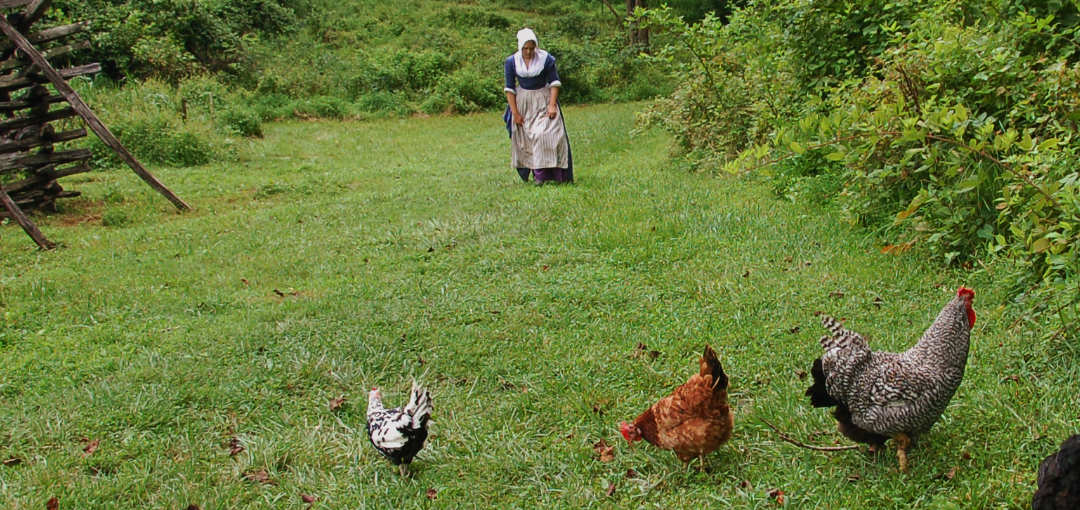
Of all the different economic activities at the Hagenbuch Homestead, agriculture was the most important and this only increased with time.
After acquiring the homestead property in 1741, Andreas Hagenbuch (b. 1715, d. 1785) immediately set about to prepare the land for planting. For colonial settlers, farming wasn’t just a way to make money. It was how they put food on the table. The majority of settlers started as subsistence farmers, meaning that they primarily grew for themselves and had little surplus to sell. This meant that the stakes were high. One poor harvest could decimate their food supplies and jeopardize a family’s survival.
As discussed in the first part in this series, the homestead property was densely forested, along with much of Pennsylvania in the early 1700s. The land had to be cleared of trees and rocks before it could be used for agriculture. Pennsylvania’s German immigrants had a specific process for turning forests into fields. They began by cutting down the trees, then they burned the stumps, and finally they grubbed out whatever remained in the ground. It was a time-consuming process that eventually paid dividends through cleaner fields that were easier to plow and plant.
During those early years, a massive amount of labor went into preparing the land so it could be productive, and it wasn’t like Andreas had a lot of help. In 1741, he had his wife, Maria Magdalena (Schmutz), and their two young children, Henry (b. 1737) and Catharina (b. 1739). The Hagenbuchs’ neighbors faced the same hardships, meaning Andreas had to rely upon his own strength as well as the power of a team of horses.
Therefore, it is no surprise that colonial settlers were, on average, only able to clear two to three acres of land per year. Tax lists for Albany Township, Berks County, PA show that Andreas and his family cleared about two acres of land annually. In 1768, 27 years after Andreas had established the Hagenbuch Homestead, 50 acres of land were documented as cleared and under cultivation. Some historians believe that a family needed a minimum of 50 acres of farmland to produce enough food to survive.
It’s very possible that the Hagenbuch Homestead operated as a subsistence farm for its first three decades, a period from 1741–1770. By the 1760s, the family had at least 13 mouths to feed! One benefit to having a large family was that, as soon as a child was old enough to assist, they were put to work on the farm. More helping hands meant an increased labor supply. This permitted higher agricultural productivity and left time to pursue other types of economic activities such as linen making, leather tanning, and distilling. In the last 15 years of his life, 1770–1785, Andreas explored all three of these as ways to make additional money.
But what exactly was being grown and raised at the Hagenbuch Homestead during its earliest years? Unfortunately, the evidence is scarce. One clue comes from a 1768 tax record showing that 10 acres of corn were being cultivated by Andreas. It was almost certainly welschkorn, which translates from Pennsylvania Deitsch as “foreign corn.” To German settlers, maize (also called Indian corn) was literally foreign corn. Other mentions of welschkorn appear later too, like in an 1839 letter written by Timothy Hagenbuch (b. 1804) to his brother, Enoch (b. 1814). Corn had a number of uses on the farm. It was fed to animals and ground into flour for baking. The corn stalks could be used as livestock feed as well.
The same tax document noted that the homestead had a number of livestock animals: three horses or mares, four horned cattle, and three sheep. All of these were owned by Andreas except for one of the cattle, which was his son Henry’s. The horses were relied upon for work—pulling a plow, wagon, or timber. The cattle provided milk, meat, and leather. Finally, the sheep gave wool, mutton, and milk. The number of animals listed suggests that these were kept to support the family’s immediate needs, rather than for being sold for profit.
One behavior that differentiated German settlers from their English neighbors was their interest in providing good quarters for their livestock, instead of leaving them out in the elements. Benjamin Rush’s 1789 essay about German immigrants describes how they built a barn or stable for their animals before investing in a nice home for themselves. A recently discovered map that has yet to be featured on this site shows that the Hagenbuch Homestead had a barn-like structure on the property by 1754.
Not all agricultural activities were taxed by the Province of Pennsylvania, creating a gap in what can be known about the homestead during this period. Research reveals that the farm probably had a large garden full of vegetables such as lettuce, turnips, onions, white and sweet potatoes, peas, beans, cucumbers, beets, and cabbage—for sauerkraut of course! Besides corn, other crops were grown in the fields including flax, rye, wheat, oats, buckwheat, and grass. The homestead had an orchard, perhaps as large as 10 acres, that grew apples, pears, and peaches. Many animals lived on the farm too. Hogs and chickens were raised alongside horses, cattle, and sheep.
Andreas Hagenbuch died in 1785 and, because he sold most of his estate to his sons Michael (b. 1746) and Christian (b. 1747) in 1783, no comprehensive inventory of the Hagenbuch Homestead exists from this time. That said, Andreas’ will and inventory of his personal property do record many yards of linen fabric and 100 gallons of brandy. By now, the homestead had moved beyond subsistence farming and was involved in several cottage industries namely making linen and distilling liquor. Linen production required more land to be cleared and large amounts of flax to be grown. Distilling needed fields of grains such as rye, wheat, barley, and corn to make whiskey and orchard fruits like apples, pears, and peaches to make brandy.
In 1783, Michael Hagenbuch assumed ownership of the homestead, and like his father, Andreas, he continued to use agriculture to support more profitable economic activities: distilling and tanning. Farming practices began to change around this time too. The introduction of the Hessian fly led to the destruction of wheat fields across Pennsylvania in the 1780s and 1790s. Farmers responded by growing more of other crops such as rye, barley, and buckwheat. Thankfully, these were suitable to distilling whiskey—especially rye.
When Michael died in 1809, his estate inventory recorded nearly 300 gallons of whiskey and rye whiskey at the homestead. The barn was stocked with 120 bushels of rye, 56 bushels of wheat, four bushels of buckwheat, and some potatoes. A total of 39 acres were planted with unharvested grain, showing a large increase in productivity. A mention of cider ale suggests that apple juice was being pressed and then fermented.
Livestock was more plentiful too. The inventory lists six horses, a pair of oxen, six cows, a bull, an unknown number of heifers, three calves, 14 hogs, and four sheep. 400 bundles of straw were noted and would have been needed for the animals. Tanning was becoming increasingly important for the family, and the livestock provided one source of hides to make leather. For most of the 18th century, Pennsylvania’s German immigrants relied upon horses for labor. However, by 1800 it was cheaper to buy a pair of oxen than it was to purchase a good work horse. More farms relied upon oxen for plowing, pulling, and hauling, and the Hagenbuchs were no exception.
Jacob Hagenbuch (b. 1777) took over the homestead after his father, Michael, died in 1809. In the early 1800s, improving agricultural practices boosted the productivity of Pennsylvania farms. Crop rotations along with the application of lime to fields enabled farmers to grow more per acre of land. Clover was planted to support the grazing of higher numbers of livestock. The animals, in turn, generated manure which was spread as fertilizer and further increased crop yields.
The Hagenbuch Homestead benefited from these developments. When Jacob died in 1842, his estate inventory recorded a substantial amount of equipment necessary for processing flax and turning this into linen fabric. No rye was recorded, suggesting that the farm had shifted from growing grains for distilling to flax needed for weaving linen. While the inventory does list some corn, potatoes, sugar beets, oats, and buckwheat, these were probably for the family to eat.
In addition, the inventory records clover seed and a lime bucket. Both would have been used to create pastures for livestock—the cows, sheep, and hogs that are found in the document. It is known that Jacob was a tanner, and the hides of these animals would have been needed to make leather.
After Jacob’s death in 1842, his son Michael (b. 1805) became the fourth and final Hagenbuch to own the property. By the mid-1800s, the homestead had evolved from a subsistence farm into a significant operation that grew a bounty of crops and sold a variety of agricultural products. Michael and his wife, Abigail (Stapleton), built a new stone house for their family and constructed a larger barn for the animals. No longer was the homestead focused on home-based industries like linen making, leather tanning, or distilling. Instead, it had transitioned to maximizing the production of cash crops.
The best evidence for the change comes from the 1850 agricultural census which recorded the farm’s statistics for the previous 12 months. It noted that the homestead had 100 acres of improved farmland, as well as 40 acres left unimproved. The livestock there included four horses, eight milk cows, four cattle, 10 sheep, and 27 pigs. The milk cows created 800 pounds of butter, while the sheep provided 30 pounds of wool. The land had produced 300 bushels of corn, 225 bushels of rye, 200 bushels of potatoes, 160 bushels of oats, 75 bushels of wheat, 10 bushels of flax seeds, two bushels of clover seeds, two bushels of peas and beans, and 35 tons of hay. Miscellaneous items included two pounds of silk cocoons, a sizable orchard, and a good amount of butchered meat. What a bounty!
While most of the items on the census are self explanatory, one is less clear—the silk cocoons. Research shows that by the mid-1800s silk was a popular textile in America and, as a result, many farmers were raising silkworms. Indeed, the 1850 agricultural census shows that over half of the farms in Albany Township, Berks, County, PA had silkworms. The cocoons could be sold to mills or spun into silk thread for home use.
For over 100 years, agriculture was the most important economic activity at the Hagenbuch Homestead. What began with subsistence farming in the 1700s had, by the early 1800s, become a profitable enterprise that produced resources for a number of cottage industries such as linen making, leather tanning, and distilling liquor. When these activities moved to factories in towns and cities, the homestead returned to its agricultural roots, raising cash crops in an arrangement that remains common on farms today.
Articles in the Homestead Economics Series:

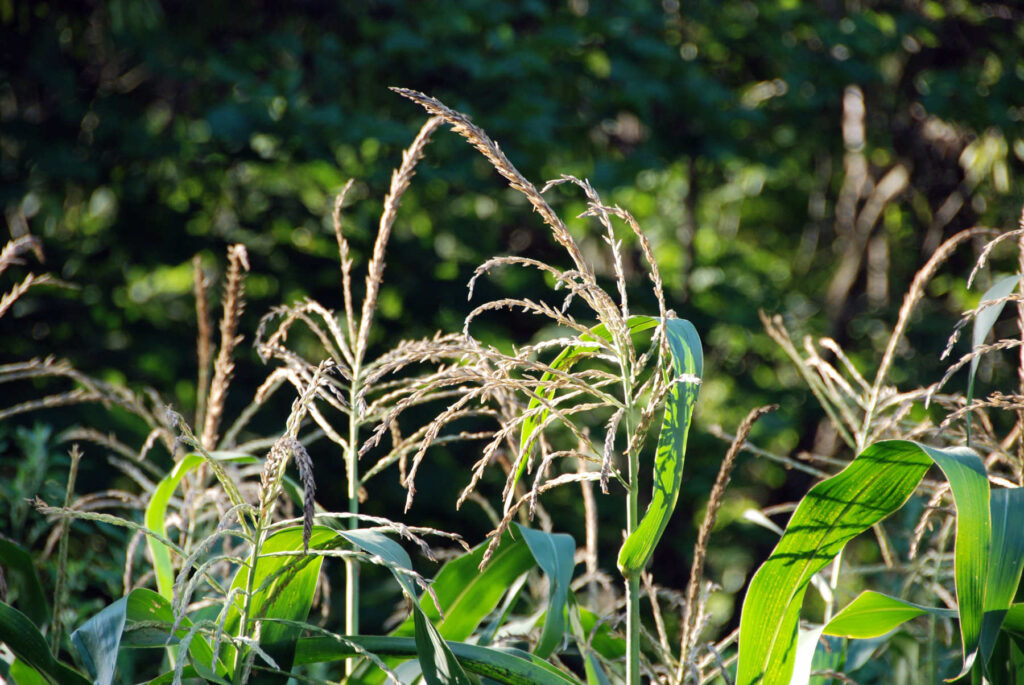
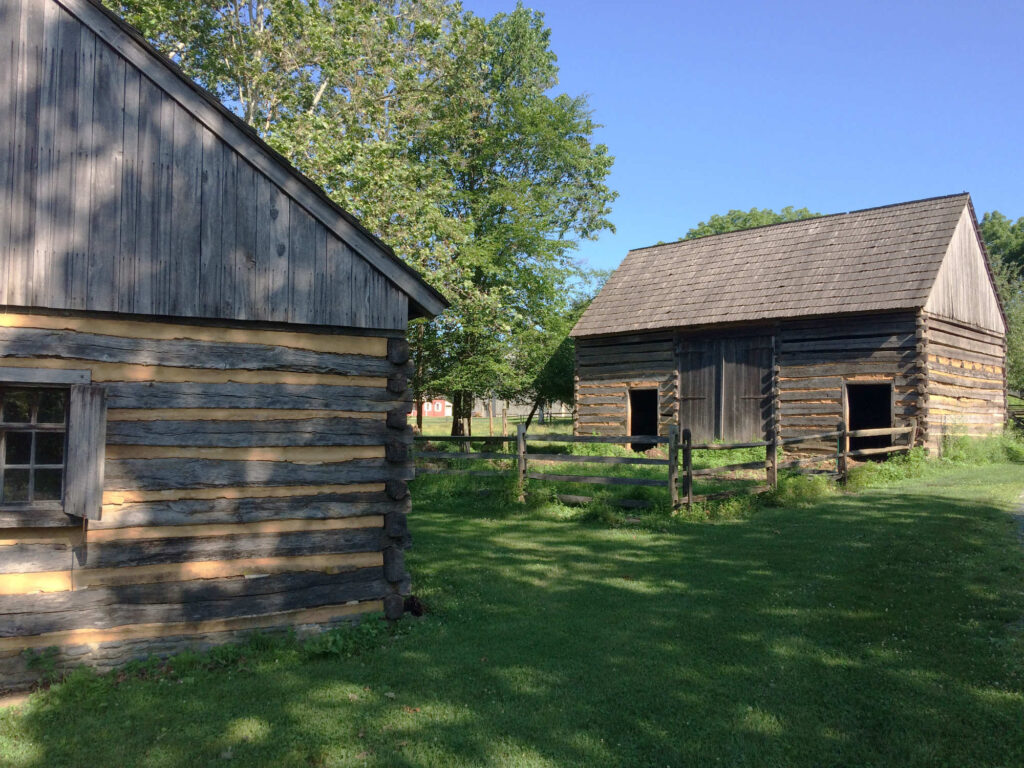
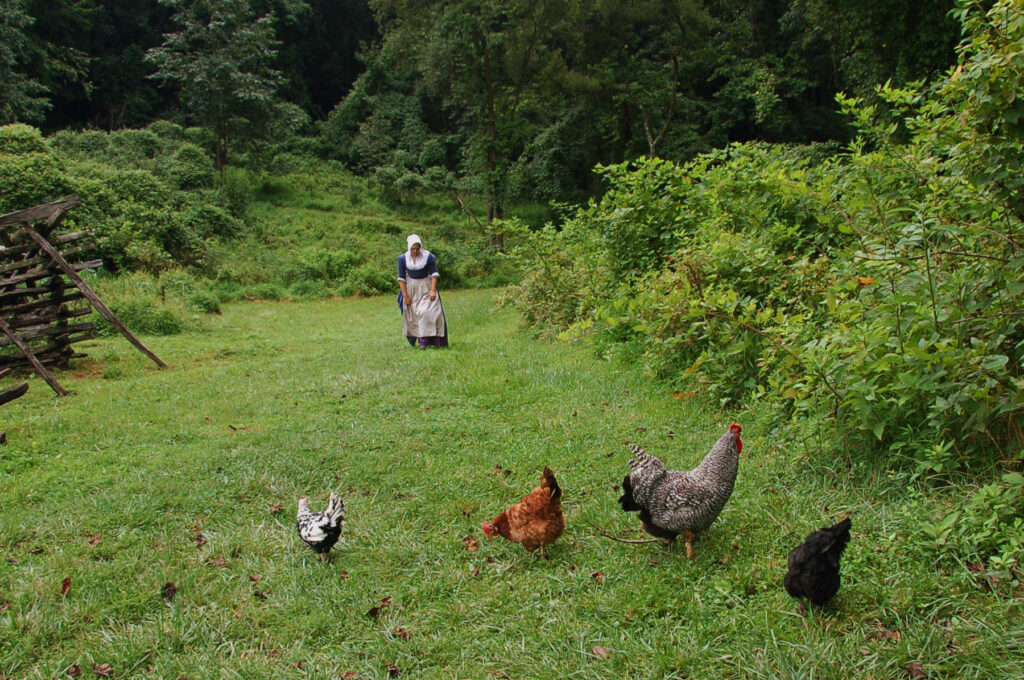
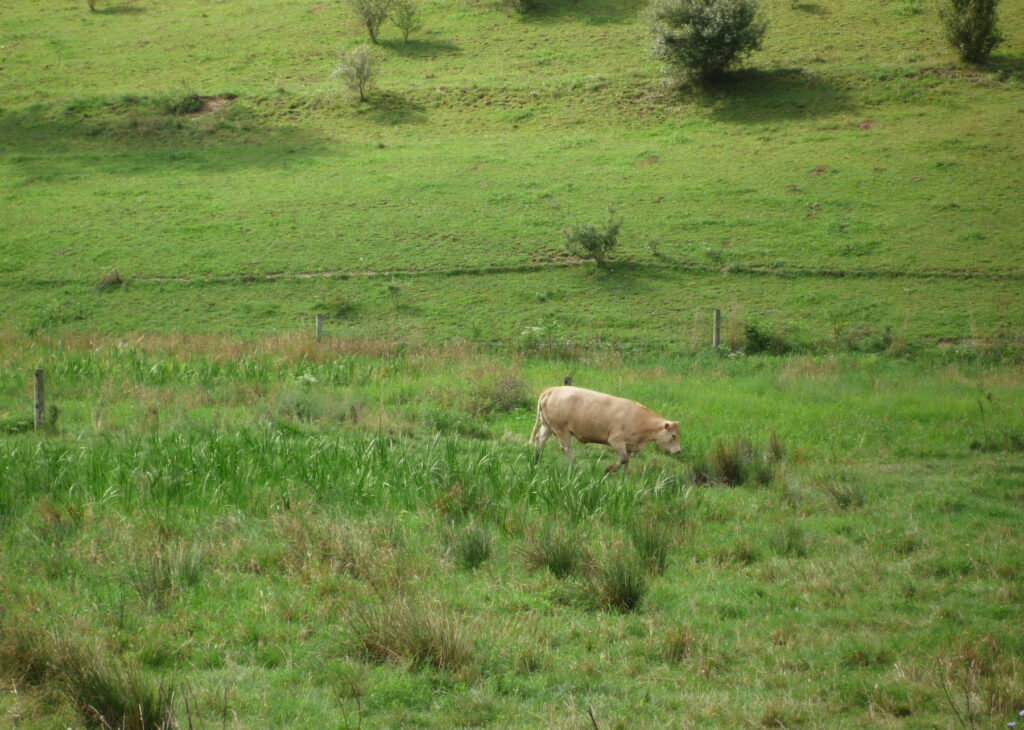
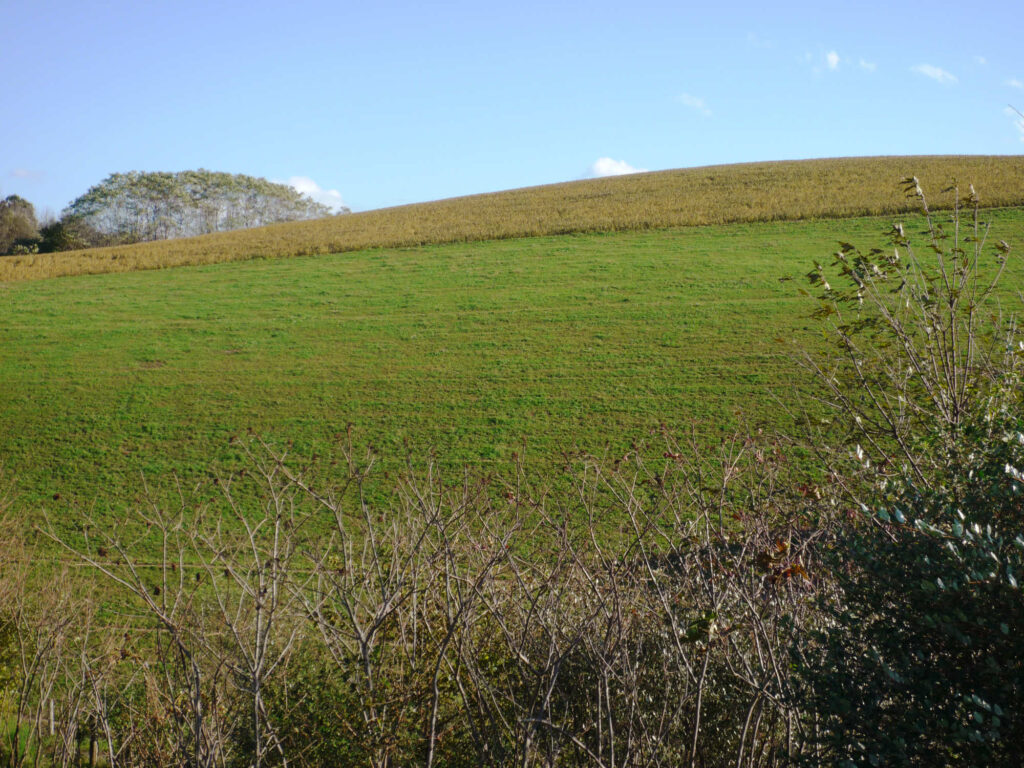
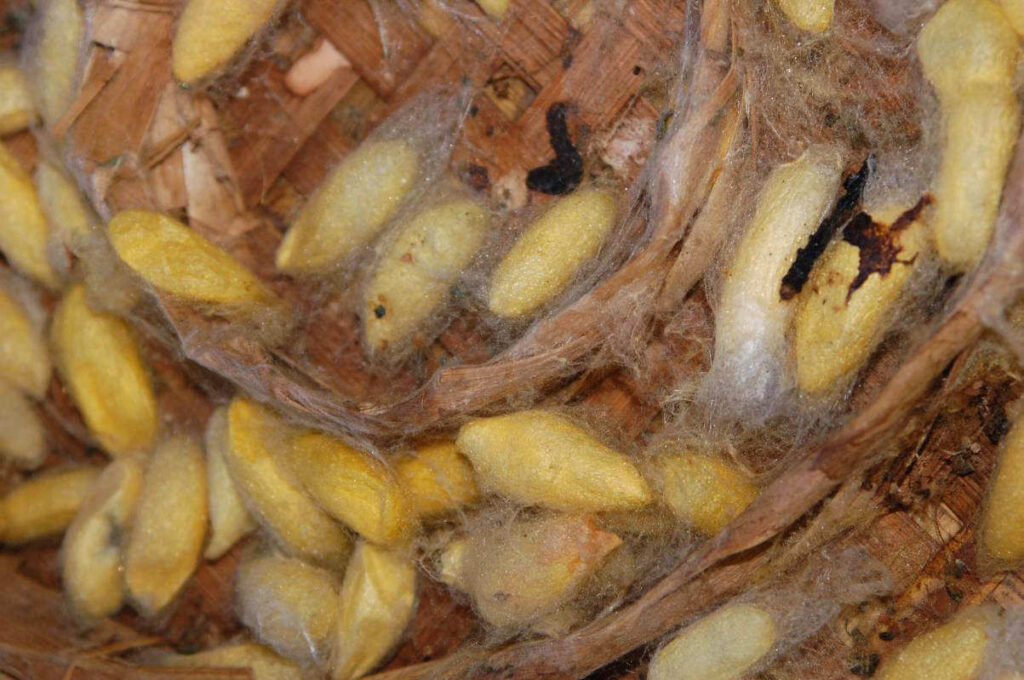
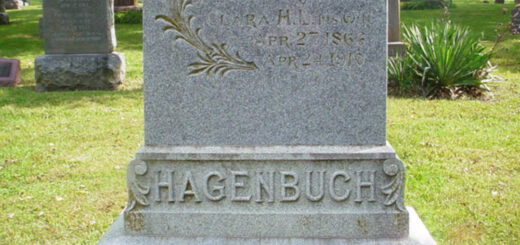

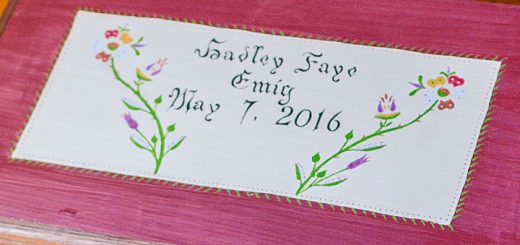













This is so interesting for me as I have lived on a farm my whole life . I remember how hard Dad worked on that farm and certainly know how hard my husband worked ! And we had modern equipment and certainly did not have to clear the land first . We had tough relatives ! Thank you Andrew and Mark